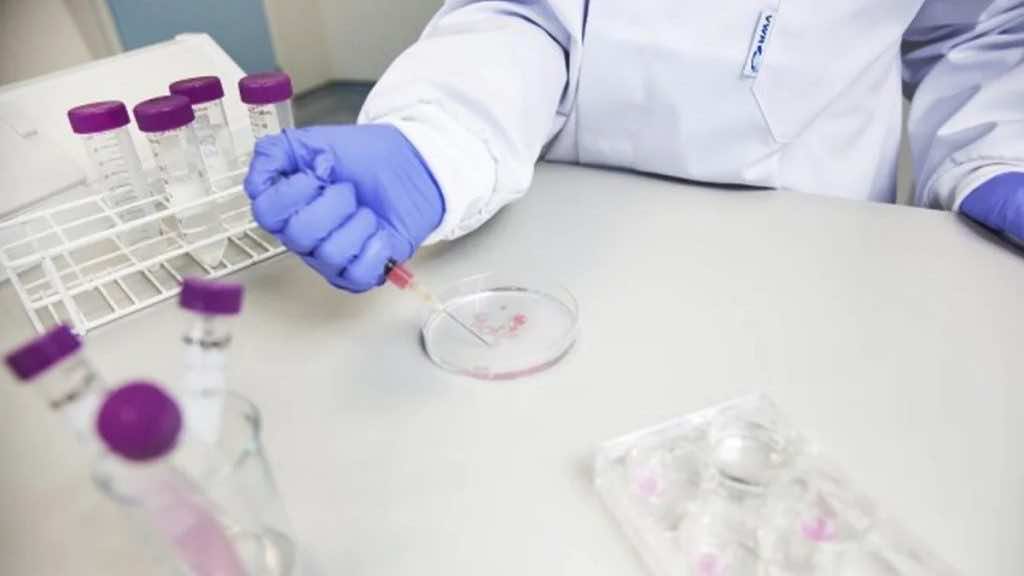In incredible new research, scientists at the University of Houston have come up with a magnificent evolution as they have developed a cutting-edge procedure that will not only reconstruct the muscle cells of mice’s hearts after a heart attack but will also reproduce the cells again. An interesting thing is that the procedure can also be implemented in human beings for treating their heart diseases, as per Robert Schwartz, Hugh Roy, and Lillie Cranz Cullen, who are renowned professors of biology and biochemistry at the UH College of Natural Sciences and Mathematics.
According to Robert Schwartz, “No one has been able to do this to this extent, and we think it could become a possible treatment for humans.” However, the technique deployed by this team has a mechanism through which they transport “mutant transcription factors” to replicate DNA into RNA through the use of “synthetic messenger ribonucleic acid (mRNA)” and then deploy it into mice hearts. As Xiao stated, “What we are trying to do is dedifferentiate the cardiomyocyte into a more stem cell-like state so that they can regenerate and proliferate.”
Coupled with that, the researchers said that Stemin and YAPSSA, which are two mutated transcription factors, have the ability to increase the frequency of cardiomyocytes, also known as heart muscle cells. Iyer, who discovered Stemin, said that the transcription factor involved in the process is a “game changer”. On the other hand, YAPSSA’s primary function is to stimulate the growth of organs in order to regenerate myocytes that further help in the replication process.
To that end, Schwartz said, “When both transcription factors were injected into infarcted adult mouse hearts, the results were stunning. The lab found cardiac myocytes multiplied quickly within a day, while hearts over the next month were repaired to near normal cardiac pumping function with little scarring. ” Researchers were quite happy with the success of this experiment, and one of the scientists, Xiao, said, “I feel honored and lucky to have worked on this. This is a huge study in heart regeneration, especially given the smart strategy of using mRNA to deliver Stemin and YAP5SA. “
The researchers said that the findings deduced from this experiment are of crucial importance due to the fact that “less than 1% of the cardiac muscle cells can regenerate.” Xiao said, “Most people die with most of the same cardiomyocytes they had in the first month of life.”

